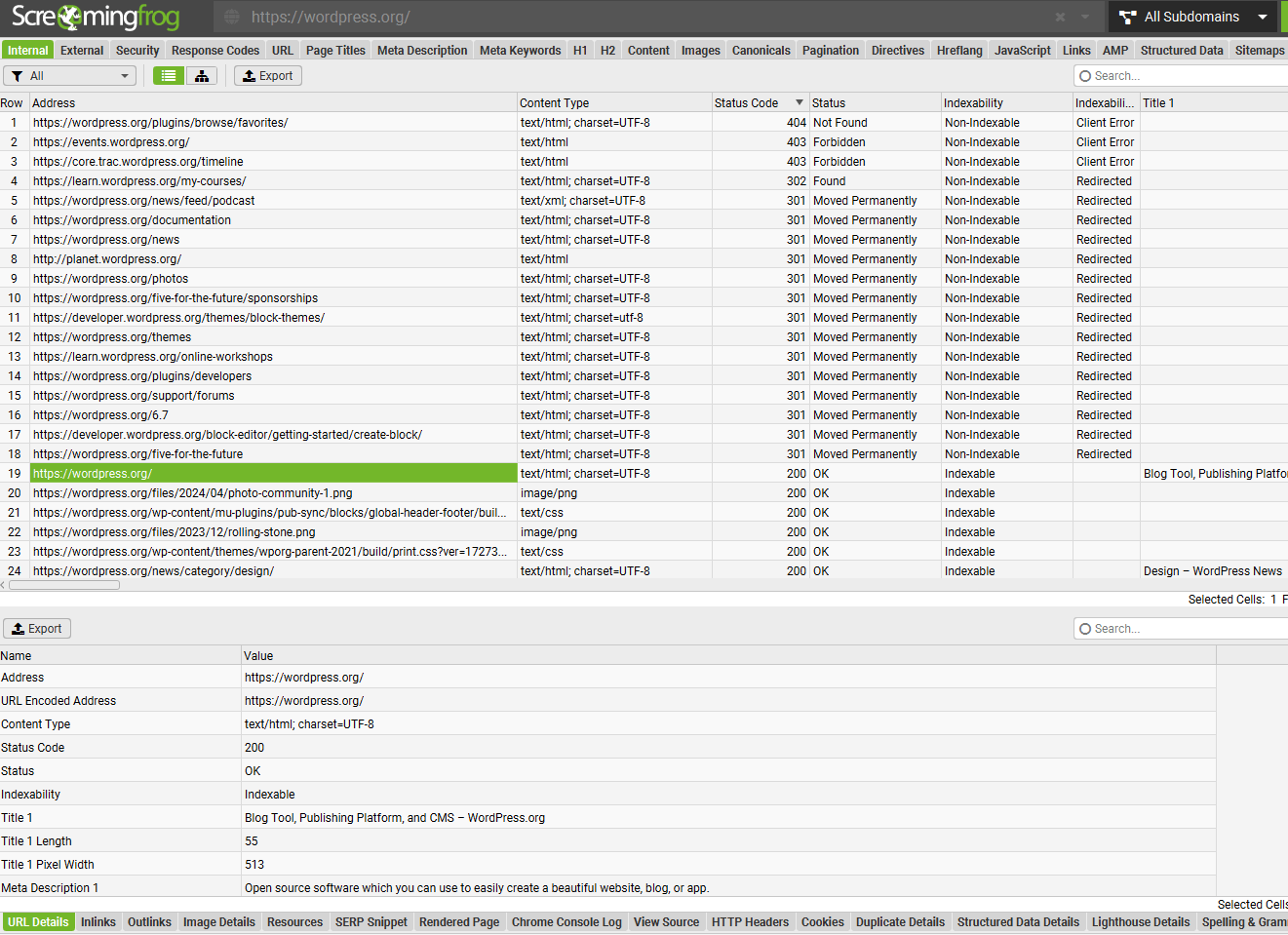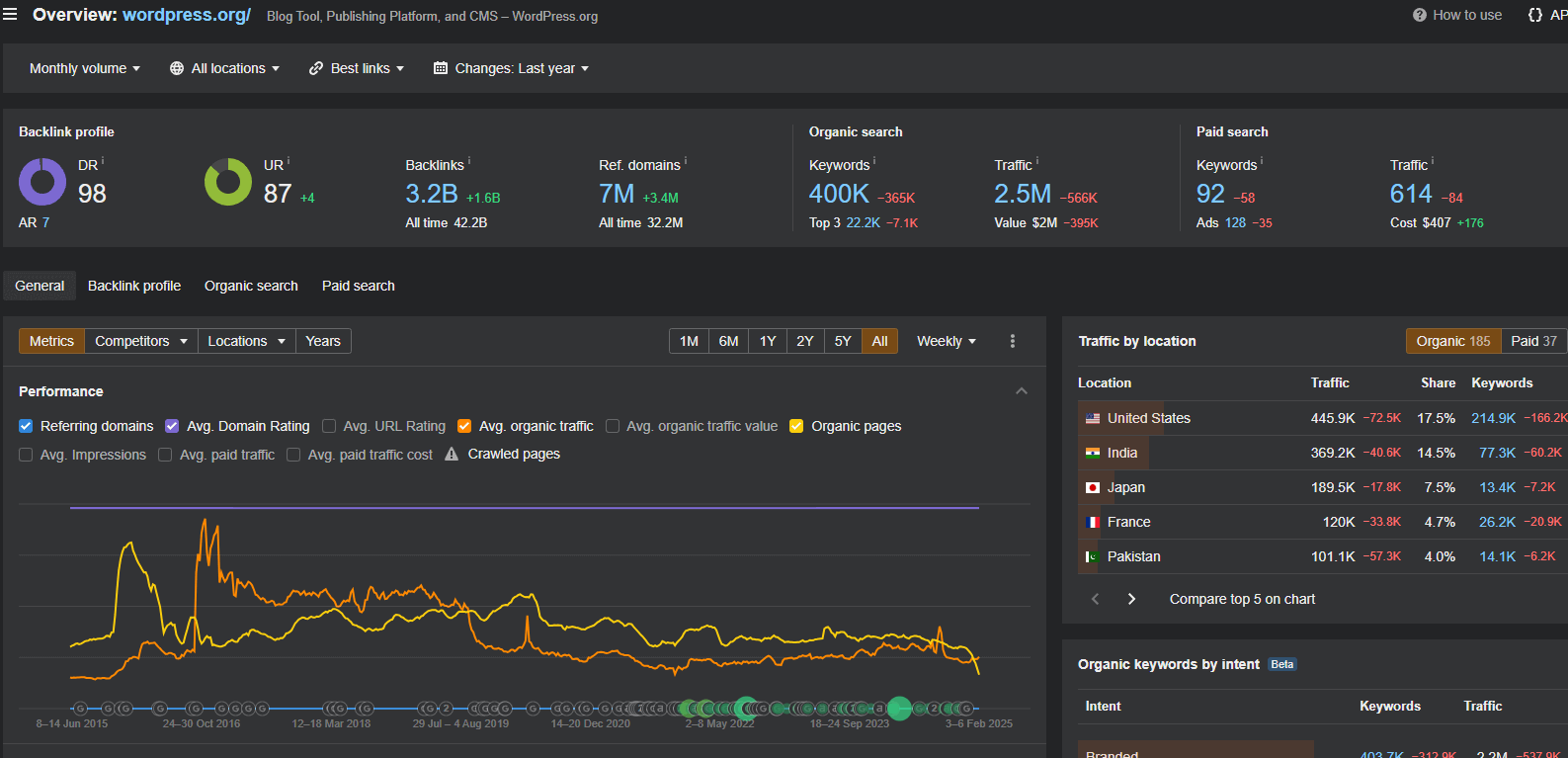In a digital world where every click counts, ranking on the first page of Google can feel like a steep climb. With thousands of sites competing for attention, search engine optimisation (SEO) is no longer optional—it’s essential. The good news? With the right strategies and tools, you can enhance your visibility, attract more traffic, and grow your online presence.
In this guide, we’ll break down practical steps to boost your SEO in 2025, helping you stay ahead in an ever-evolving landscape.
Why SEO Still Matters in 2025
Search Engine Optimisation (SEO) is the art and science of improving your website’s visibility in search engine results pages (SERPs). But it’s more than just about being seen—it’s about being discovered by the right people at the right time.
A well-optimised site:
-
Ranks higher in search results
-
Attracts qualified, organic traffic
-
Builds brand awareness and authority
-
Supports your overall digital marketing strategy
1. Check If Your Site Is Crawlable and Indexable
If Google can’t find or index your site, it won’t appear in search results. Start with these steps:
-
Set up Google Search Console
Submit your sitemap and monitor indexing status. -
Check crawlability with Screaming Frog
Identify broken links, missing tags, or blocked resources that prevent search engines from accessing your site. -
Stay updated with Google’s Core Updates
Rankings can fluctuate, so keep your content fresh, accurate, and valuable.

2. Optimise Your On-Page SEO Elements
On-page SEO helps both users and search engines understand your content better.
Focus on:
-
Title Tags: Clear, concise, and include your primary keyword.
-
URLs: SEO-friendly, descriptive, and readable.
-
Meta Descriptions: Brief summaries that encourage clicks.
-
Headings (H1-H3): Use structured headings for easy navigation.
-
Image Optimisation: Use alt text, proper file names, and compress images to reduce load times.
3. Create High-Quality, Valuable Content
Google rewards content that’s original, informative, and helpful to users. When creating content, keep in mind:
-
Relevance and Value: Focus on solving user problems.
-
Keyword Integration: Use keywords naturally and strategically.
-
Rich Media: Include videos, infographics, and images to improve engagement.
-
E-E-A-T: Demonstrate Experience, Expertise, Authoritativeness, and Trustworthiness.
💡 Pro Tip: Don’t publish low-effort content—Google notices. Aim for depth, not just word count.
4. Do Smart Keyword Research
Knowing what your audience is searching for is half the battle.
Use tools like Ahrefs, SEMrush, or Ubersuggest to:
-
Identify high-volume, low-competition keywords
-
Target long-tail keywords for more specific queries
-
Understand search intent—informational, transactional, navigational, or commercial

5. Build Linkable Assets and Partnerships
Creating content others want to link to is a powerful off-page SEO strategy. Consider:
-
Infographics and guides
-
Original research or reports
-
Interactive tools or calculators
Partner with other creators through guest posts or collaborations to gain backlinks, expand your reach, and build authority.
6. Make Your Website Mobile-Friendly
With Google’s mobile-first indexing, your site must work seamlessly on mobile devices.
Here’s how:
-
Use responsive design to adapt to screen sizes
-
Improve page speed with tools like Google Lighthouse
-
Ensure easy navigation and avoid intrusive pop-ups
-
Optimise for touch interactions with mobile users in mind
7. Secure Your Website
Website security is a ranking factor—and a trust signal.
-
Install an SSL certificate (HTTPS)
-
Use a secure hosting provider
-
Keep your CMS, plugins, and themes updated
-
Enable two-factor authentication (2FA)
-
Run regular security audits
8. Improve Site Speed and Performance
A slow site means higher bounce rates and lower rankings. Speed up your site by:
-
Compressing images and using next-gen formats
-
Enabling browser caching
-
Minimising scripts and plugins
-
Using lazy loading for images
-
Upgrading your hosting or using a Content Delivery Network (CDN)
9. Use Internal Linking Strategically
Internal links help Google understand your site’s structure and keep users engaged.
-
Link to relevant content naturally within blog posts
-
Use breadcrumb navigation for better UX
-
Ensure a clear hierarchy of content
10. Focus on Quality Backlinks
Backlinks from reputable sources are still one of the strongest ranking signals.
Build backlinks by:
-
Guest posting on industry-relevant blogs
-
Creating shareable content assets
-
Running digital PR campaigns
-
Fixing broken links with updated content
-
Participating in online communities and forums
Avoid spammy link-building tactics—they can do more harm than good.
11. Level Up with Local SEO
For businesses in South Africa (and beyond) targeting a local audience, local SEO is essential.
-
Claim and optimise your Google My Business profile
-
Get listed in local directories with consistent NAP (Name, Address, Phone)
-
Use local keywords in your content and metadata
-
Build relationships with other local businesses for backlinks
-
Create content around local events and news
12. Track, Analyse, and Improve
You can’t improve what you don’t measure. Use tools like:
-
Google Analytics to monitor user behaviour
-
Google Search Console for indexing, errors, and keyword performance
-
SEO tools like SEMrush or Ahrefs for technical and content audits
Regularly review your data and refine your strategies for ongoing improvement.
Final Thoughts: SEO Success Starts with Strategy
SEO in 2025 is about providing real value, staying technically sound, and always thinking about your user first. Start with keyword research, optimise your website inside and out, create exceptional content, and build strong backlinks. Then monitor, adapt, and stay informed about emerging trends.
Remember: SEO isn’t a one-time fix—it’s an ongoing effort. But with the right approach, the results can be long-lasting and incredibly rewarding.
Need help with hosting or SEO-ready web design?
Visit webhosting4southafrica.co.za for reliable hosting solutions tailored to South African businesses.

